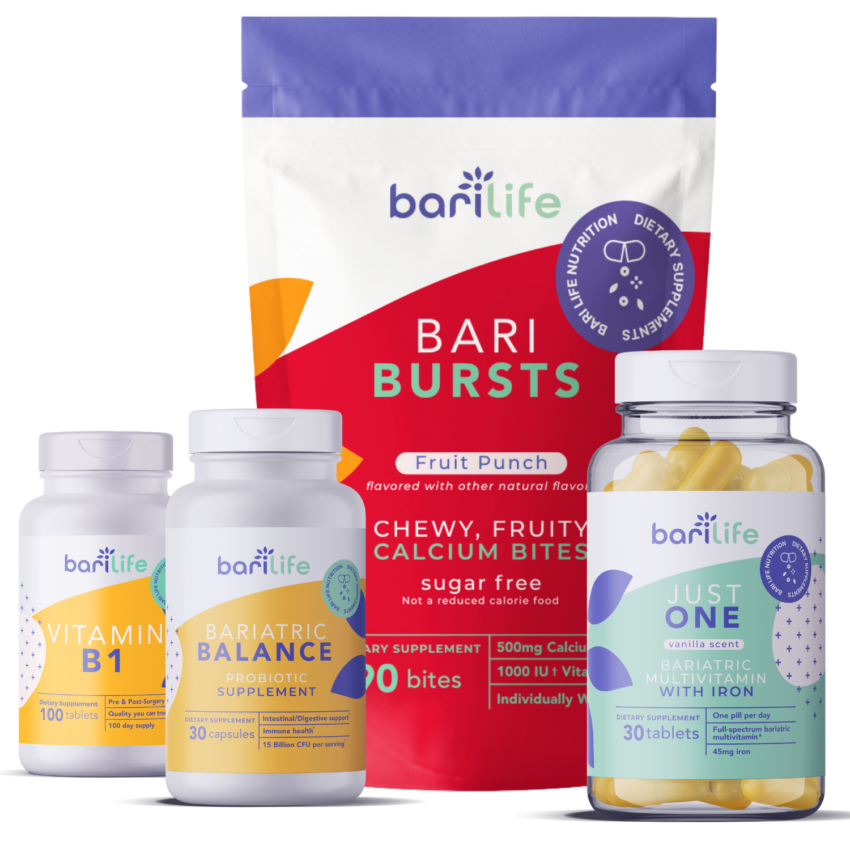Understanding your Total Daily Energy Expenditure (TDEE) is the starting point for managing your weight and improving your overall health.
If you want to lose weight, you need to understand your daily energy expenditure. Your TDEE is your average daily calorie burn, based on your age, height, weight, and physical activity level. Once you know your TDEE, you can calculate how many calories you need to eat every day to lose weight.
What is TDEE?
TDEE stands for Total Daily Energy Expenditure. It represents the total number of calories that your body expends in a day, including through activities like exercise, work, and basic bodily functions like breathing and digestion.
How is this calculated?
TDEE is typically calculated using a formula that takes into account your Basal Metabolic Rate (BMR) and your activity level. The most common formula used is the Harris-Benedict equation:

where BMR is calculated using the Harris-Benedict equation:
- For men: BMR = 88.362 + (13.397 x weight in kg) + (4.799 x height in cm) – (5.677 x age in years)
- For women: BMR = 447.593 + (9.247 x weight in kg) + (3.098 x height in cm) – (4.330 x age in years)
Activity levels are typically categorized as sedentary, lightly active, moderately active, very active, or extra active. Each category has a corresponding activity factor:

Please remember your TDEE is an estimate and may require adjustment based on your individual metabolism and activity levels.
What factors contribute to TDEE?
Let’s take a closer look at how factors such as metabolism and activity levels can influence and fine-tune this equation. This section will examine the key elements that contribute to your TDEE, providing insight into how your daily activities, metabolism, and other variables affect your energy requirements.
Basal Metabolic Rate
Even tasks as basic as breathing require calories to fuel your body, a fact that may not be immediately apparent. BMR is the amount of energy, measured in calories, that your body needs to maintain basic physiological functions while at rest. These functions include breathing, circulating blood, controlling body temperature, cell production, and protein synthesis.

BMR accounts for about 60-75% of the total calories you burn each day. Understanding your BMR is important because it gives you a baseline estimate of the minimum number of calories your body needs to function.
Thermic Effect of Activity
The thermic effect of activity (TEA) is the increase in energy expenditure associated with physical activity and exercise. It can vary significantly depending on the type, intensity, and duration of physical activity. The more active you are, the higher your TEA and overall TDEE are likely to be. Increasing your physical activity level can help you burn more calories, create a calorie deficit, and support weight loss or maintenance efforts.
Non- Exercise Activity Thermogensis
Non-exercise activity thermogenesis (NEAT) refers to the energy expended for everything we do that is not sleeping, eating, or sports-like exercise. It includes the energy expended walking, typing, performing yard work, undertaking agricultural tasks, and even fidgeting. NEAT can have a significant impact on TDEE. For example, two individuals of the same weight, height, age, and gender may have different TDEE values if one has a job that requires a lot of physical activity (resulting in higher NEAT) while the other has a sedentary job.
Thermic Effect of Food
The thermic effect of food (TEF) refers to the energy expenditure associated with the digestion, absorption, and metabolism of food nutrients. When you eat, your body requires energy to break down the food, absorb its nutrients, and store or use those nutrients for energy. TEF typically contributes to about 5-10% of your TDEE, depending on the composition of your diet. For example, protein has a higher thermic effect compared to carbohydrates or fats, meaning that your body burns more calories digesting and metabolizing protein-rich foods. This is one reason why high-protein diets are often recommended for weight loss, as they can slightly increase calorie expenditure through the thermic effect of food.
Using TDEE for weight loss
TDEE can be used to create successful and sustainable weight loss. By determining the number of calories your body needs to maintain its current weight, you can create a personalized plan that includes a calorie deficit, helping you shed pounds effectively. In this section, we’ll explore how to use it as a powerful tool in your weight loss journey.
Identify calorie deficit goals
The TDEE you calculated above is the number of calories you need to maintain your current weight. If you are interested in losing weight, you will need to reach a calorie deficit, which occurs when you consume fewer calories than your body expends. This imbalance between calories in and calories out forces your body to use stored energy, usually in the form of fat, to meet its energy needs, leading to weight loss. Remember, a calorie deficit can be achieved through diet, exercise, or a combination of both.
How much weight loss

This means that to lose one pound per week, you would need to create a daily deficit of approximately 500 calories (500 calories x 7 days = 3500 calories). However, individual weight loss can vary based on factors such as metabolism, body composition, and activity level. It’s generally recommended to aim for a gradual and sustainable weight loss of 1-2 pounds per week.
Nutrient concerns
While managing calories is essential post-bariatric surgery, so is ensuring adequate intake of various micronutrients. Bariatric surgery can lead to reduced absorption of certain nutrients, making it crucial to consume a nutrient-dense diet and potentially supplement as advised by a healthcare professional. Prioritizing foods rich in vitamins, minerals, and protein can help prevent deficiencies and support overall health during weight loss post-surgery. Regular monitoring of nutrient levels and working closely with a healthcare team can further optimize health outcomes following bariatric surgery.
Why not try our best-selling Just One Multivitamin? It contains all 23 essential vitamins and minerals needed for recovery and maintaining health after bariatric surgery.
Discover our specially formulated Calcium Chews, designed to meet the increased calcium needs of individuals post-bariatric surgery. With each chew, you get the essential calcium your body needs, making it easier to maintain optimal health after surgery.
Summary
In conclusion, understanding your TDEE is crucial for managing weight and improving overall health. By calculating your TDEE, you can determine the number of calories needed for weight maintenance and create a personalized plan for weight loss. However, it’s important to remember that while managing calories is essential, ensuring adequate intake of various micronutrients is equally important, especially after bariatric surgery.




What are your tips and tricks to post-bariatric success?